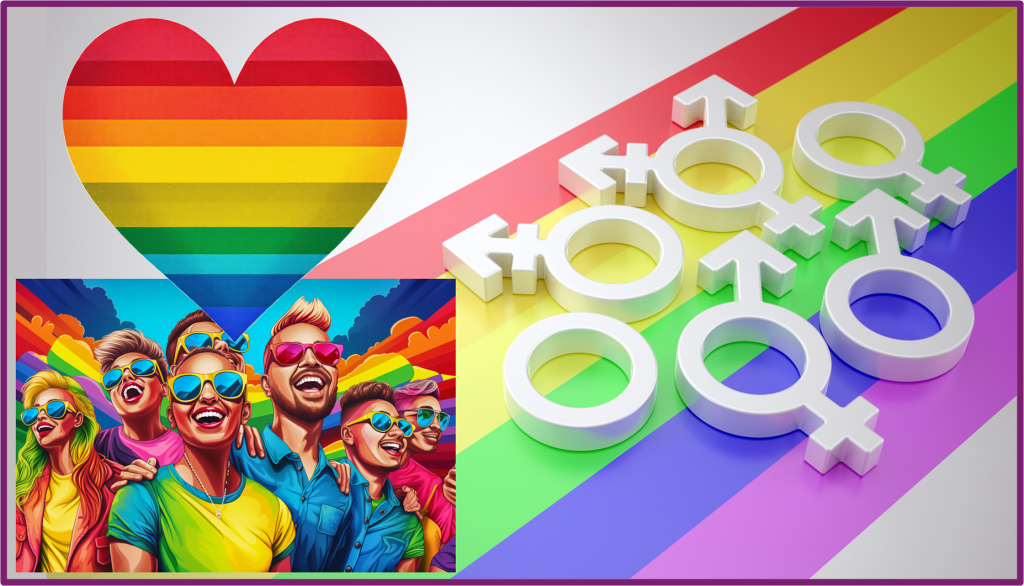
A romance is about love between people. In writing romance, you have to make those people believably interact to create that one extra, and most special character: The relationship itself.
How important is gender and sexual orientation to the way in which romances are written?
When I set out to write a romance, the most important things are the characters. They have to be real to me, given dimensions and weight, so that when presented to readers they are fully beleivable and tangible. To that end certain things need to be set in place for the writing to revolve around. Is the character a man or a woman, cis or transgender? Are they homosexual or heterosexual?
Since I write mainly in the LGBT sphere, one might argue that I rarely deal with standard heterosexual relationships. But wait! The very idea of a ‘standard’ relationship needs thinking about. Every relationship is unique and filled with colour, grown on subtleties, deepened by the lovers themselves through understanding the differences and the uniqueness of their partners. Relationships are everywhere and just like individual people, not one of them is the same.
Every person has their needs and drives. When two (and sometimes more!) such individuals come together they form an entity which has its own needs and drives superimposed over its component individual ones. That is what a reñationship becomes, and in romance stories the relationship itself is very much an extra unnamed character in its own right. It might be uncredited, yet it is really the lead.
This is true for every type of human relationship regardless of the orientations and attractions within. This is vitally important to me because I don’t write just gay or just lesbian or just anything else romances, I write people romances, not always sticking to my ‘own’ area.
Oh, ‘own area’. That is another good one to consider. I produce Lesbian, Gay and Transgender themed love stories in particular. That is already a little broader than most authors try to cover. It crosses boundaries and even causes upset: How dare you write about this when you are actually that!
Maybe it is best to start with my own limitations. I find it harder to get my head into bisexuals (for me, even though I am attracted to women and men, I don’t see myself as bisexual and I always think such people are too easily misunderstood by everyone else. Likewise, non-binary people occupy a position outside of my rather traditional and constrained life, something I have to admit to even while fully recognising their validity. A third category I can struggle with is where people are in open, non-monogamous relationships who share affection between multiple, sometimes long-term, partners. That said, my Forgotten Wings series sees my characters in rahter complicated intersecting circles, with the primary characters of Sapphira and Giulia quite openly sharing love and tenderness with Catherine and Cassandra …. I guess that an author’s imagination can indeed surpass her experience!
A gay friend once said about one of my lesbian romances that if I changed the sex of the two characters it would work perfectly well as a gay story. Apparently, he just read it as if it were involving two gay men instead of the women I had written, and he loved it! Of course, some behaviours will be more typically male and some more typically female (on a binary scale) but there is an awful lot of leeway. And again, for beleivable characters, gender expectations might add flavour and consistency to a story, even as breaking such expectations might add spice.
So, I don’t think it matters if the romance is lesbian, gay or straight. I don’t think it matters how individuals classify themselves. A romance is about love between people. In writing romance, you have to make those people believably interact to create that one extra, and most special character: The relationship itself.

